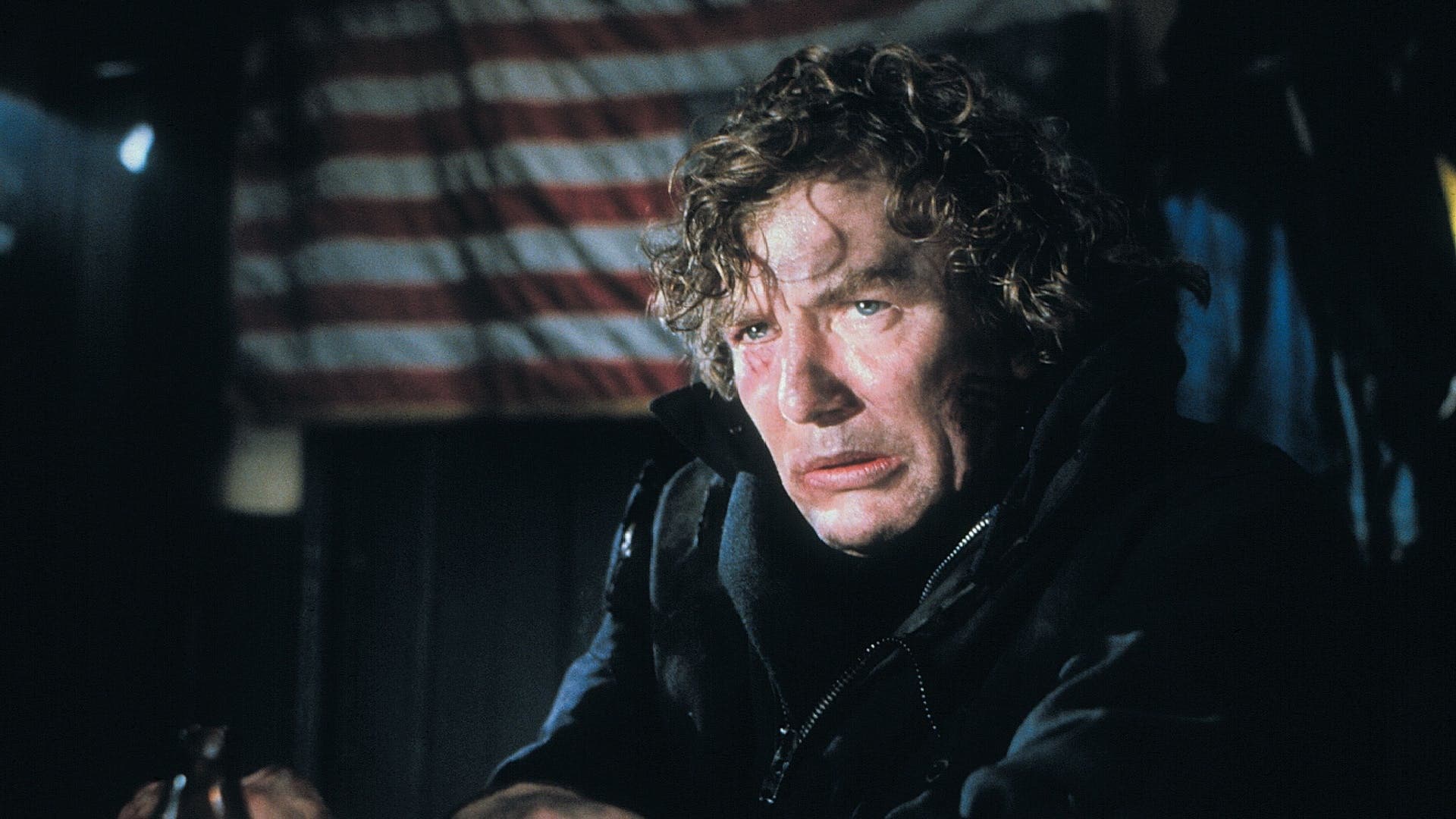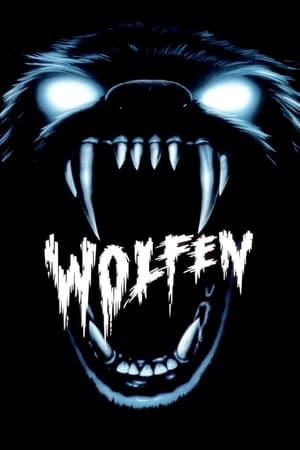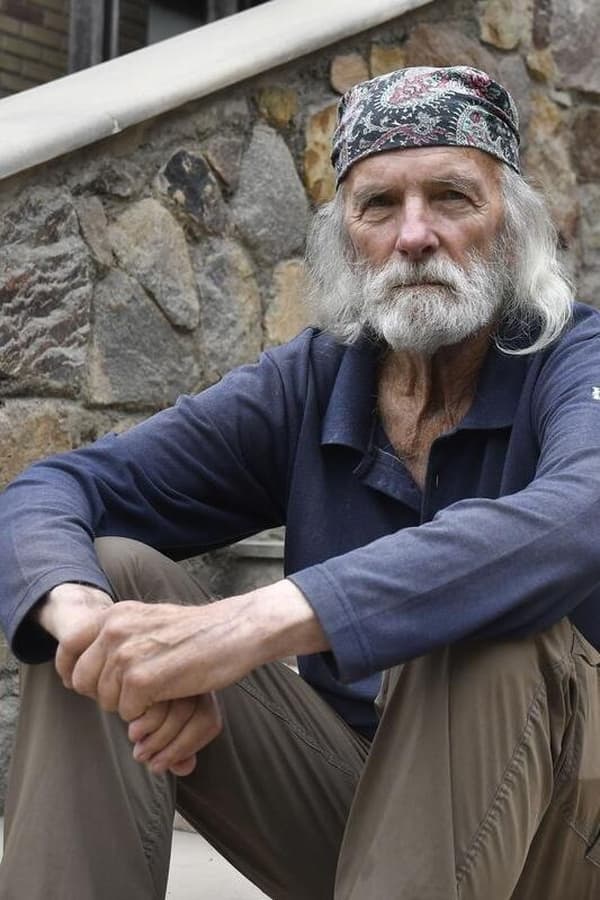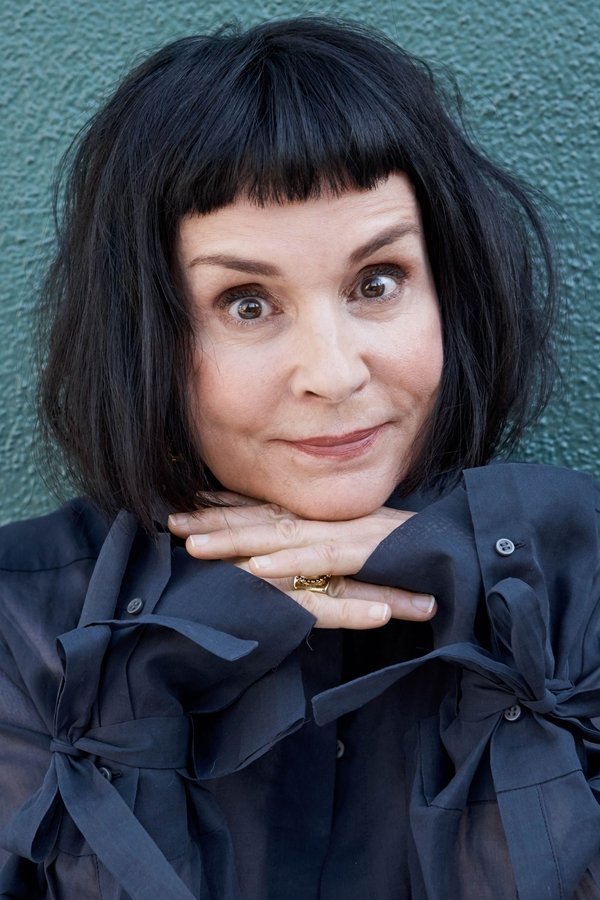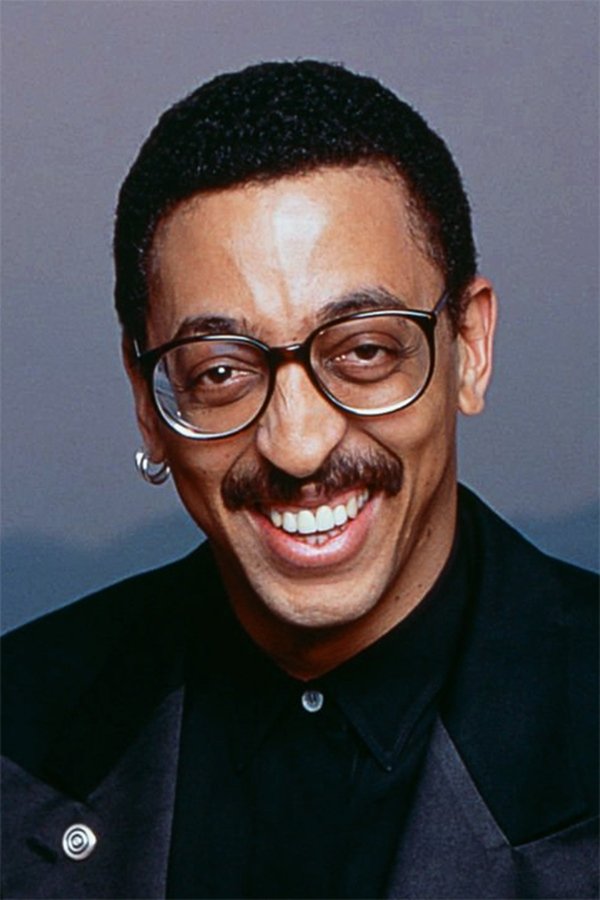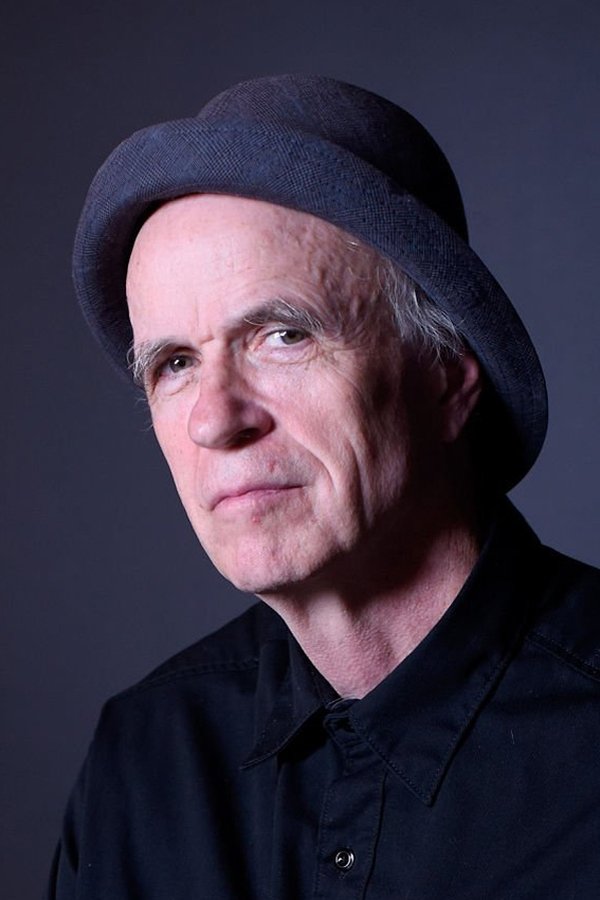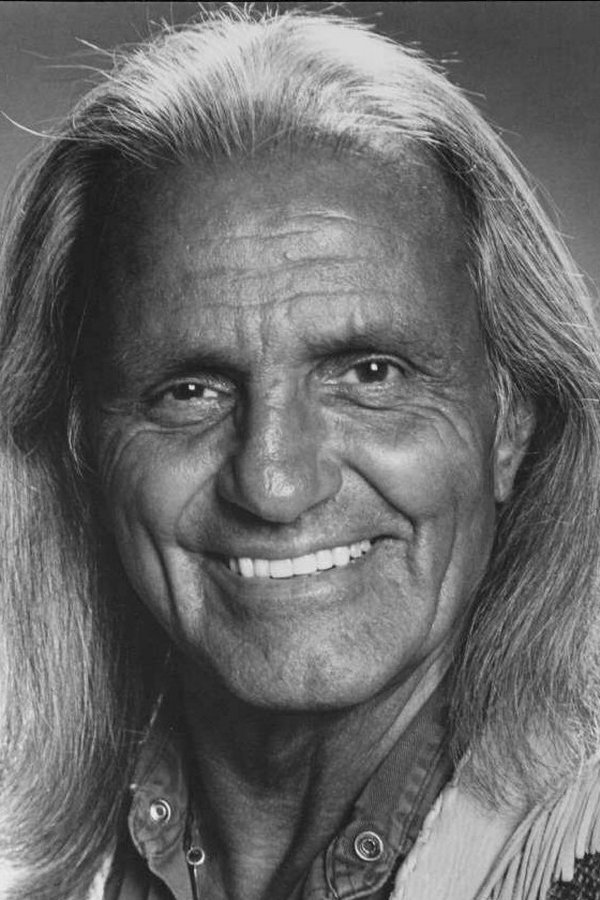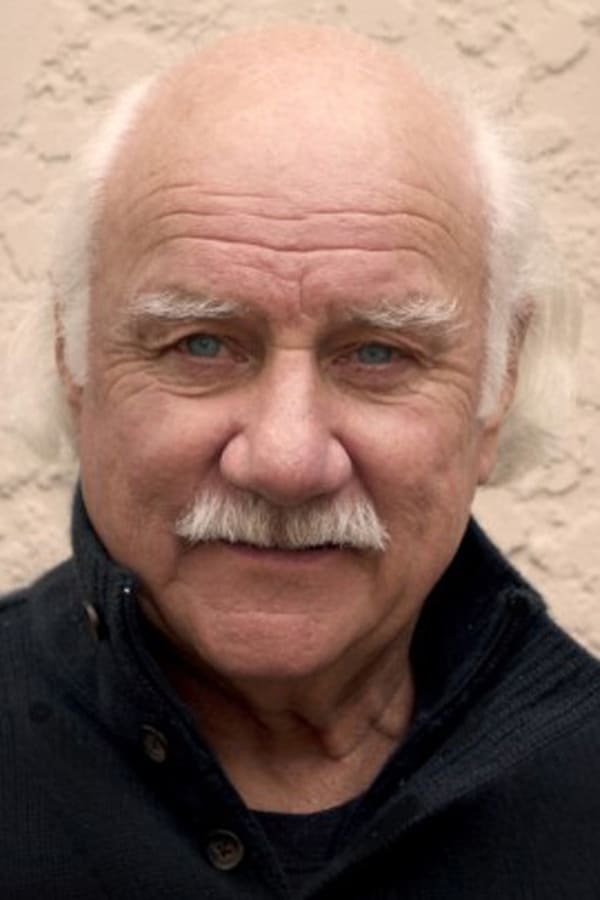Major spoilers for An American Werewolf in London ahead.
1981 was certainly a great time for those who wanted to make werewolf movies — just look to the success of cult films like The Howling (1981) and Wolfen (1981) — but after 40 years, not much has come close to matching the award-winning special effects and comedic appeal of the film that topped both for lycanthropic supremacy, John Landis’s An American Werewolf in London (1981).
Beginning along the moors of the British countryside, the film opens on two backpacking American students, David Kessler (David Naughton) and Jack Goodman (Griffin Dunne), who are making their way to Italy with the hopes of reconvening with an old classmate. Despite their warnings from the locals to stay clear of the moors, the two press on into the night, where they find themselves at the (limited) mercy of a voracious creature who kills Jack before biting David and leaving him gravely injured.
You wouldn’t think this initial set-up could be laced with moments of comedy, but it absolutely is. Fresh off his success with both Animal House (1978) and The Blues Brothers (1980), John Landis was perfectly situated to be one of the first to reinject the werewolf narrative with an acute combination of comedic delights and horrific thrills that, for the most part, had been missing since the days of Abbott and Costello. Granted, the humor is rather juvenile and misogynistic, as was the case with Landis’s previous films. For example, when Jack speaks of their classmate and his intention to make love to her, he proclaims to David, and to the entire moor, “She’ll have no choice.” The film’s development, or lack thereof of its only significant female character, Alex Price (Jenny Agutter), the nurse who tends to David’s injury and becomes his romantic interest, doesn’t do the film a whole lot of favors today’s standards, either. Although not that it was ever intentional, there may be an explanation for this if we look a little deeper than the simple transformation premise the film offers.
The simple fact is that David was bitten by a werewolf, a fact that he, and about a dozen of his victims, learn the hard way as he painfully transforms to the sultry sounds of Sam Cooke’s “Blue Moon” during the film’s most iconic scene. In becoming inflicted by a centuries-old curse, the kind of which an undead Jack informs him can only be broken once he dies, David, already an outsider on the streets of London due to his upbringing, is distanced even further from both his place in a different culture and his relationship with Alex. This isn’t the type of film where Alex’s undying love for David is enough to save him from rampaging. Thus, as odd as it may seem, it could be said that there may very well be an element of queer coding to An American Werewolf in London that can be engaged with when one engages with the notion of “hiding one’s identity.”

